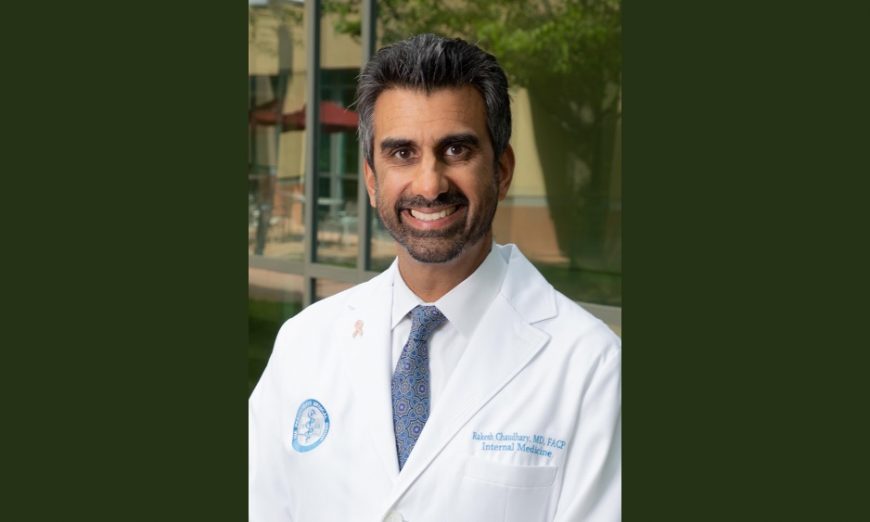While COVID-19 has been a fast on-ramp for new ways of delivering medical care, it has also spurred adoption of things that have been around for a while, like video visits and even prosaic as mail order prescription refills, which has been around for decades.
“We’ve talked about a lot of these things,” said Dr. Rakesh Chaudry, Physician in Charge at Kaiser Permanente Santa Clara Medical Center, “but COVID-19 made us do them.
“We’ve had video visits for years but it never caught on,” he continued. “And then COVID-19 happens and …and video visits took off. We’re doing about 1,000 video visits a week in Santa Clara, 20,000 a week in Northern California. Patients love it.”
Video visits also improve in-person visits. Chaudry reports that video visits have significantly reduced the medical center’s traffic and parking problems — which can add half an hour to an appointment — and office waiting time.
A lot can be done in a video visit, explained Chaudry, more than many realize.
“I can tell [from this video call] for example that you’re not having trouble breathing,” he said. “I can do an almost complete neurological exam by video. A lot of consultations with specialist can be done by video — they already have all the test results.”
New technology is also helping video visits reach the next level — hands-on networked diagnostics. Enter TytoCare’s handheld diagnostic device. It can can take your temperature; listen to your heart, lungs and abdomen; and look in your ears and throat.
“Our nursing home team is using it to keep daily tabs on patients,” Chaudry said. “It has been extremely effective.”
Although new technology is sexy, COVID-19 has also been the catalyst for other improvements in medical care, Chaudry reports.
Building on the success of the drive-through testing model, the HMO is already looking at using the same method for glaucoma testing and for annual flu vaccines.
In addition to mail order prescriptions — which have doubled — Kaiser has added a same-day prescription delivery service.
And the HMO has also developed treatment protocols that can be applied to other illnesses.
“When patients positive for CV but don’t need to be hospitalized,” said Chaudry, “we send them home with a COVID-19 care kit that includes an oxygen meter. We also have a team that touches base with COVID-19 outpatients daily, sometimes twice a day.
“We’ve developed risk stratification tools,” he continued, “that look at age, co-morbidities and put those things together to safely schedule procedures that bring people into the medical center.”
COVID-19 is unlikely to be the only new disease humanity will face in coming years and Chaudry says robust disease surveillance must also be a priority.
“You have to have a team that’s ready,” he said. “Could we have made an investment years ago for a couple of hundred million we could have saved billions. The investment is tiny, the return is huge.
People shouldn’t hesitate to get needed medical care, Chaudry said. “We’ve had very little infection of health care workers, and we don’t know of any patient to patient infection.
“We never reached the point of being overwhelmed,” he continued, part of which he attributes to the shelter in place order. “We went to shelter-in-place early. We’ve seen that one week earlier or later has a huge impact.”
Chaudry assures patients that if they want to see their doctors in person they will always be able to do that. “Video won’t supplant in-person visits.”






